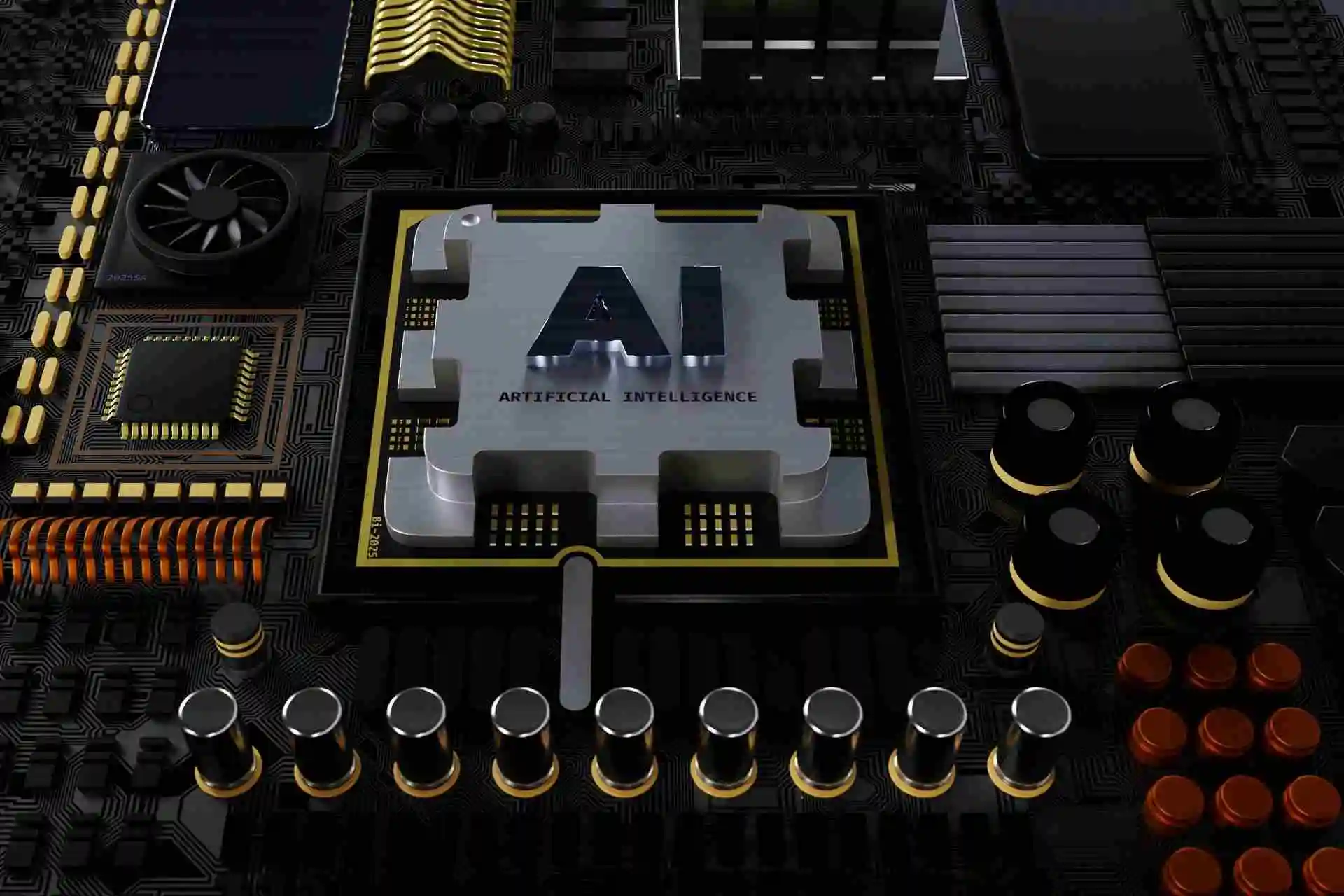Gone are the days when Artificial Intelligence was restricted to improving tech-based tasks. In today’s world, innovative technology is expanding and finding its way to serve well in infrastructures where energy efficiency is a priority.
One such is the HVAC system, which needs deep learning techniques to find the best AI model to get the job done. Today’s news is all about reducing energy consumption to make HVAC systems work better. Read to learn what HVAC systems are and their importance for buildings.
Deep Learning AI
As you know, a recent study at the University of Maryland (UMD) proposed using deep learning—advanced Artificial Intelligence techniques to save energy in heating, ventilation, and air conditioning (HVAC) systems.
There are many concerns about these systems—what they are and how they work. HVAC, also known as variable refrigerant flow (VRF), controls and regulates humidity, temperature, and air quality. The system has an outdoor unit connected to multiple indoor units and is used for indoor buildings.
It would be better to note that the under-observation VRF systems had housing in Glenn L. Martin Hall on the UMD campus.
How AI Proves Beneficial for HVAC Systems?
Since AI has expanded to an unexpected level, researchers at UMD’s Center for Environmental Energy Engineering (CEEE) are hopeful that the advanced AI models could serve well in the HVAC systems, putting effort into computing power to limit energy use in various buildings.
For now, HVAC systems consume around half of a building’s energy. An efficient AI model would provide data that will be used to predict the margin line. It determines whether energy consumption is increasing or decreasing, making VRF work better than before.
Whatever the results, the researchers will publish their findings and analysis in the January 2025 issue of the International Journal of Refrigeration.
Read More: Building trust in AI to unlock £6.5 billion over the next ten years
Shortlisted AI Models for HVAC
The general assumption is that VRF only works better when it has all the data to predict power consumption. To give VRF systems strong support, researchers have shortlisted two powerful AI models and compared them to select one for future use.
ANN vs. LSTM: A Comparative Analysis
The University of Maryland team successfully compared a traditional model to an advanced deep-learning model: Artificial Neural Network (ANN) vs. Long-Short-Term Memory (LSTM).
ANN and LSTM's primary work is finding patterns to predict HVAC systems. At this point, an advanced deep-learning AI model requires more data than ANN for its highlighted performance.
The comparison results showcased that LSTM proved superior and possessed the power to predict how much energy is consumed within a time frame more precisely than ANN.
The LSTM AI model also used less memory and computing power than ANN. According to lead author and mechanical engineering graduate Po-Ching Hsu, ANN lost the competition compared to LSTM.
Browse Other Posts: Analyst observes massive potential in Broadcom’s (AVGO) AI Business
Potential for Improving Energy Efficiency
A comparison analysis between ANN and LSTM shows that the latter Artificial Intelligence tool will prove beneficial in increasing energy efficiency. The tool requires data from an entire year to determine energy use accurately.
Researchers also try to give LSTM a few days of data instead of an entire year to achieve similar results. They believe what they thought would happen would make LSTM applicable in real-world settings.
It would be best to note that the top study contributors involved in finalizing the AI tool for the betterment of HVAC systems are:
- Po-Ching Hsu, a mechanical engineering graduate student
- Lei Gao, a former CEEE researcher
- Yunho Hwang, a mechanical engineering research professor and CEEE Co-director at UMD

